When exploring the future of artificial intelligence (AI), we inevitably think about the limits of its development. However, if we consider the end of AI as a resource, then electricity is undoubtedly one of the most central elements. In this paper, we will explore the importance of power in the development of AI from different perspectives.
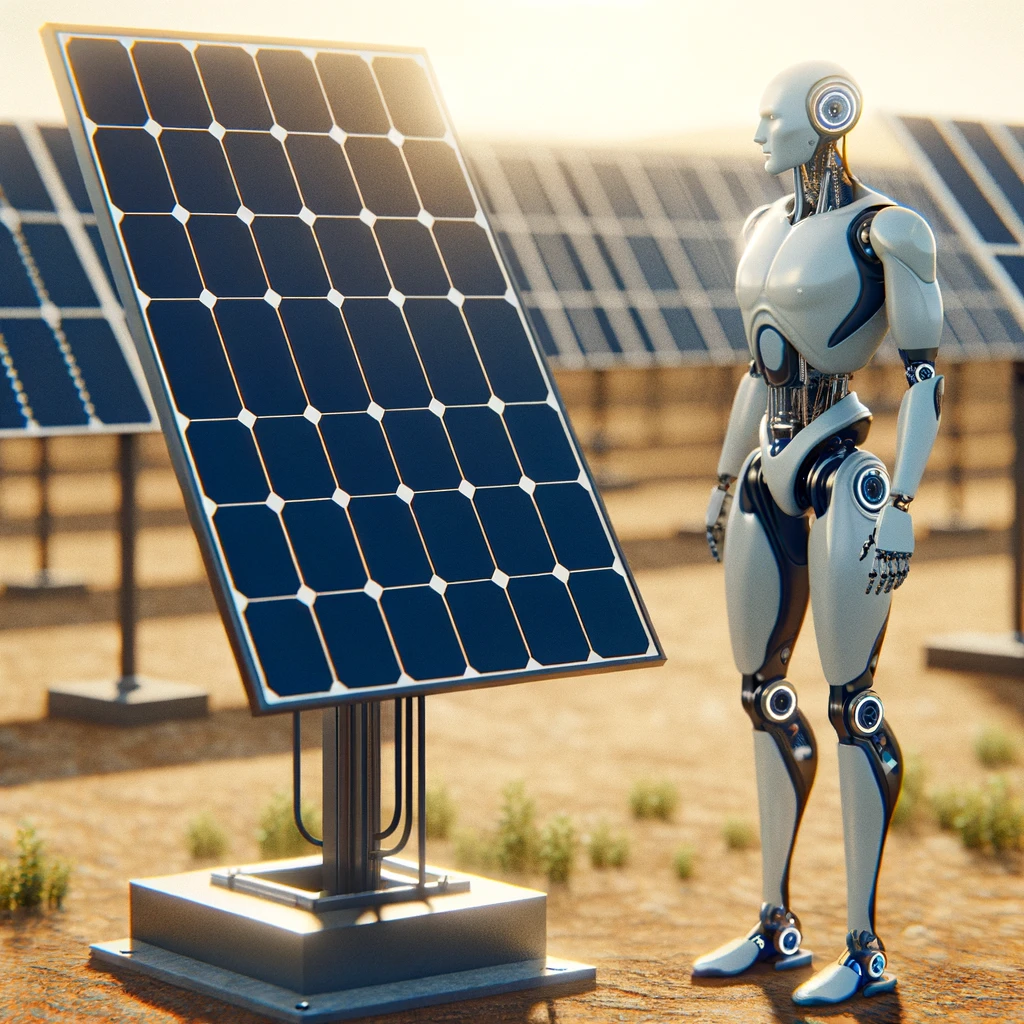
- The foundation of computing capacity
The core of AI lies in algorithms and computing capacity. With the development of AI technology, the required computing capacity is growing exponentially. Powerful computing power is the foundation of AI for deep learning, neural network training and complex problem solving. And this computing capacity, in the final analysis, relies on an adequate supply of electricity. - Data center energy consumption
The training of AI and machine learning models usually takes place in data centers, which have thousands of servers that are constantly performing computation and data processing. Data centers consume huge amounts of energy and the cost of power becomes a non-negligible part of their operating costs. - Green Energy and AI Sustainability
The use of green energy in AI is becoming increasingly important as global awareness of sustainability and environmental protection increases. The use of renewable energy sources such as wind and solar to power AI not only helps to reduce the carbon footprint, but is also key to the sustainability of AI technology. - Advances in power technology and AI breakthroughs
Advances in power technology, such as more efficient battery storage technology and smart grids, offer new possibilities for AI development. These technologies can improve energy utilization efficiency, reduce costs, and provide more stable and reliable power support for AI applications. - Electricity shortage constraints on AI
On the other hand, electricity shortage may also become a constraint to AI development. In regions with tight power resources, the development of AI technology may be hindered by energy constraints. Therefore, solving the problem of power supply is crucial to promote the popularization and application of AI technology. - Future prospects: the symbiotic relationship between AI and electricity
Looking into the future, the relationship between AI and electricity will become even closer. AI can optimize the management of power grids and improve the efficiency of energy distribution, while the stable supply of electricity is a prerequisite for the development of AI technology. The symbiotic relationship between the two will become an important force for social progress.
Electricity is not only the cornerstone of AI development, but also the power source of its continuous progress. With the development of technology, the combination of AI and electricity will become even closer, and together they will create an efficient, green and intelligent future.
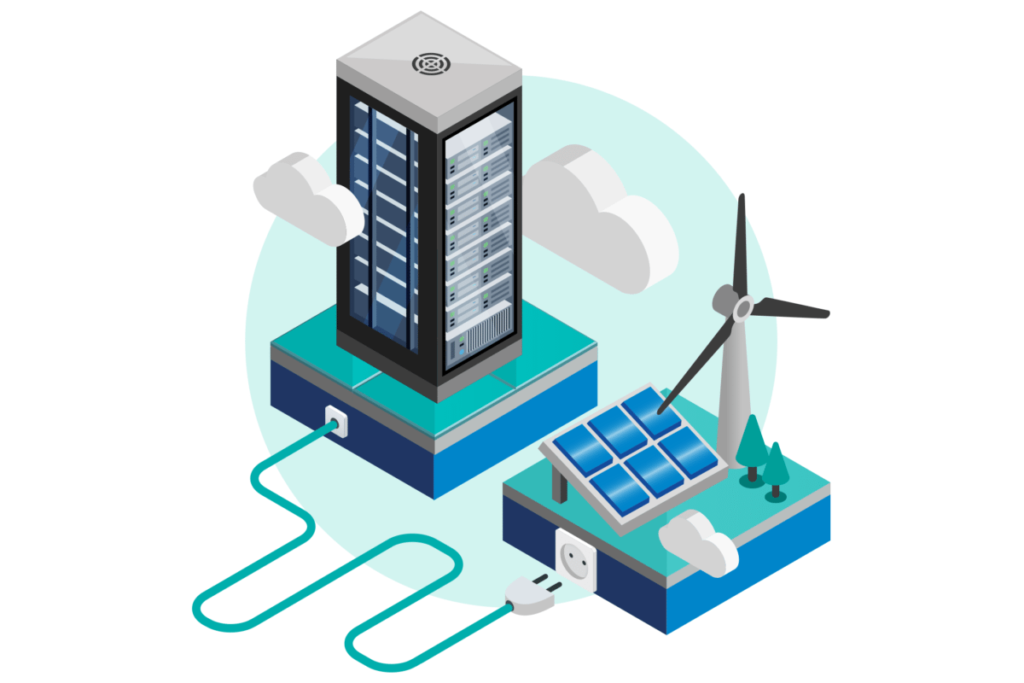
Countries around the world have taken a series of measures for the increase in power demand brought about by AI development and are continuing to explore more solutions, the following are the efforts of some countries and organizations:
- Energy Efficiency Improvement in Data Centers: Globally, data centers are reducing energy consumption by adopting more efficient cooling systems, optimizing server layouts, and using high-efficiency power supply units.
- Renewable energy use: Many countries are promoting the use of renewable energy sources such as wind and solar power in data centers to reduce dependence on fossil fuels, for example, by building in areas rich in wind or solar energy resources, or purchasing green energy certificates.
- Smart Grid Technologies: Better integration of AI and renewable energy by deploying smart grid technologies to improve grid flexibility and reliability, such as Huawei’s IDS Smart Distribution Solution for the power industry, which aims to improve the efficiency and reliability of power systems through intelligence.
- AI Algorithm Optimization: researchers are developing more efficient AI algorithms that reduce the size and complexity of models while maintaining or improving performance to reduce power consumption during AI training and reasoning.
- Electricity Demand Management: some countries are implementing demand response management at the grid level to balance peak hour electricity demand and reduce stress on the grid through price incentives and dynamic pricing strategies.
- Policies and incentives: Governments encourage businesses and organizations to improve energy efficiency and adopt cleaner energy by developing policies and providing financial incentives, such as tax breaks and subsidies offered by federal and state governments in the United States.
- Transnational Cooperation and Research: International organizations and multinational corporations are collaborating to study the impact of AI on global electricity demand and to explore solutions for cross-border grid interconnection and power sharing to improve overall energy efficiency and reliability.
- Electricity Infrastructure Investments: Recognizing the role that AI and digital transformation will play in driving electricity demand, several countries are increasing their investments in electricity infrastructure to ensure that they can meet future growth in electricity demand.
- Electricity Market Reform: Some countries are reforming their electricity markets by introducing more competitive mechanisms and market participants to incentivize innovation and increase the flexibility of electricity supply.
- Public Education and Awareness Raising: Through education and public outreach, public awareness of energy efficiency and electricity conservation is being raised to encourage the adoption of energy-efficient and emission-reducing lifestyles and work patterns.
These efforts show that countries around the world are working together from multiple perspectives to address the power demand challenges posed by AI development through technological innovation, policy guidance and market incentives.
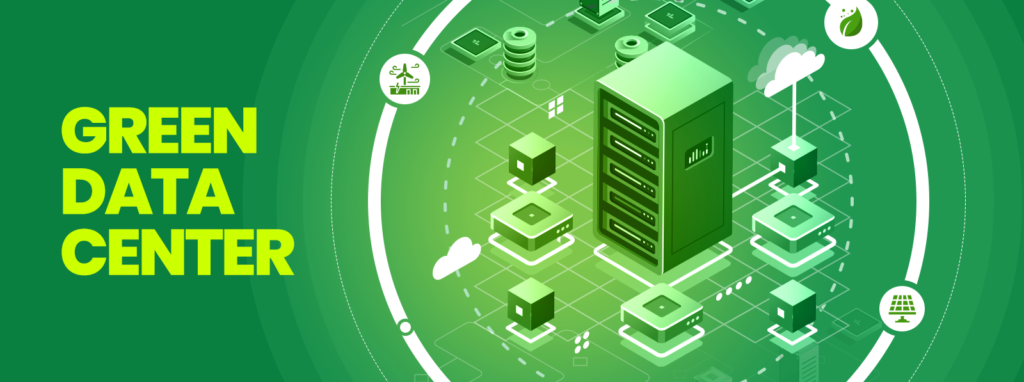
The policy efforts made by countries around the world in response to AI development and electricity demand growth are listed below:
- International Energy Agency (IEA): In the Global Electricity Market Report 2023, it is proposed that the share of renewable energy in the global power generation mix will rise from 29% in 2022 to 35% in 2025, emphasizing carbon pricing as a key tool to reduce greenhouse gas emissions.
- China: the National Energy Administration (NEA) has issued Several Opinions on Accelerating the Development of Energy Digitization and Intelligence, which aims to accelerate the digitization and intelligent transformation of electric power and other industries, promote application pilot demonstrations, and promote breakthroughs in common technologies, among others.
- US: updated the “Build Back Better” budget framework, plans to invest USD 550 billion in clean energy projects over the next 10 years, and set a target for installed offshore wind power capacity.
- EU: published a reformulated Energy Performance of Buildings Directive (EPBDII), emphasizing the accelerated decarbonization of existing buildings through the installation of photovoltaic (PV) modules and energy storage.
- Japan: released the Energy Basic Plan, which plans to increase the installed share of renewable energy to 36% to 38% by 2030, and noted in the 2050 Carbon Neutral and Green Growth Strategy the acceleration of structural transformation in the energy and industrial sectors.
- South Korea: unveiled its energy long-term program to increase the share of renewable energy in the country’s energy mix from the current 15.1% to 40%.
- Southeast Asian countries: e.g. Indonesia and Malaysia plan to increase the share of renewable energy in primary energy to 23% and 31% respectively in 2025.
- India: set a target of 50% of energy needs to be met by renewable energy by 2030.
- Africa: IEA expects Africa’s electricity demand growth to rebound to more than 3% in 2023, followed by an average of 4.5% growth in 2024 and 2025, with most of the incremental power generation coming from renewable energy.
These policies reflect the fact that while governments are driving the energy transition and promoting the development of AI technologies, they are also taking active steps to address the resulting growth in electricity demand and related environmental challenges. Through the implementation of these policies, countries aim to realize a more sustainable and environmentally friendly energy future.
Translated with www.DeepL.com/Translator (free version)
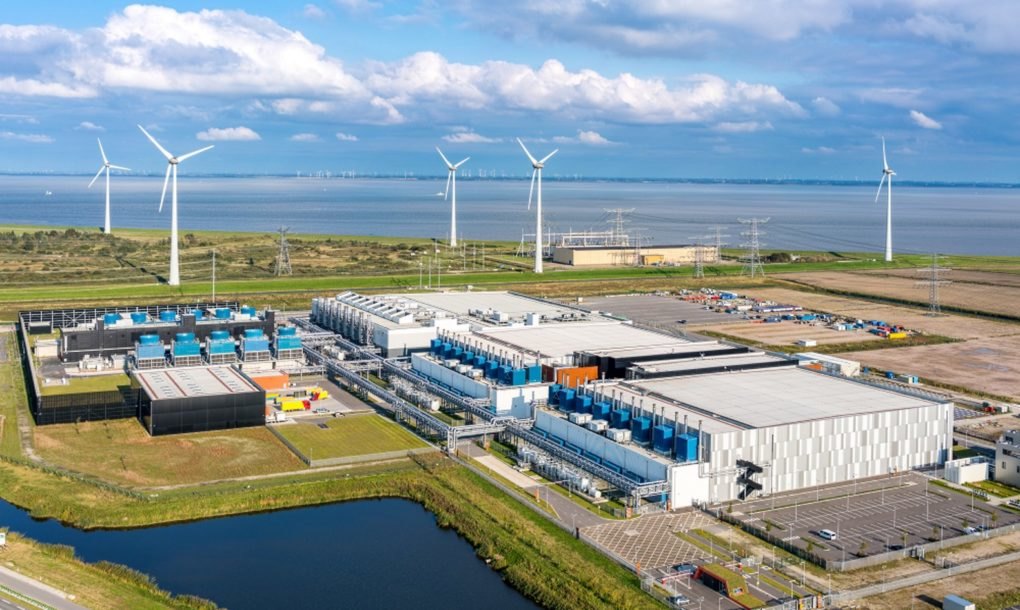
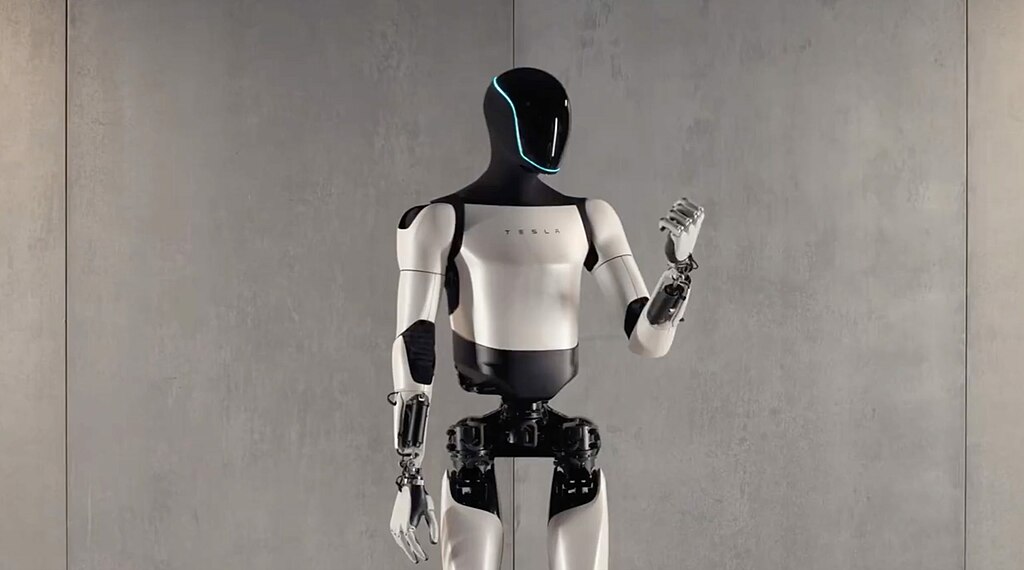
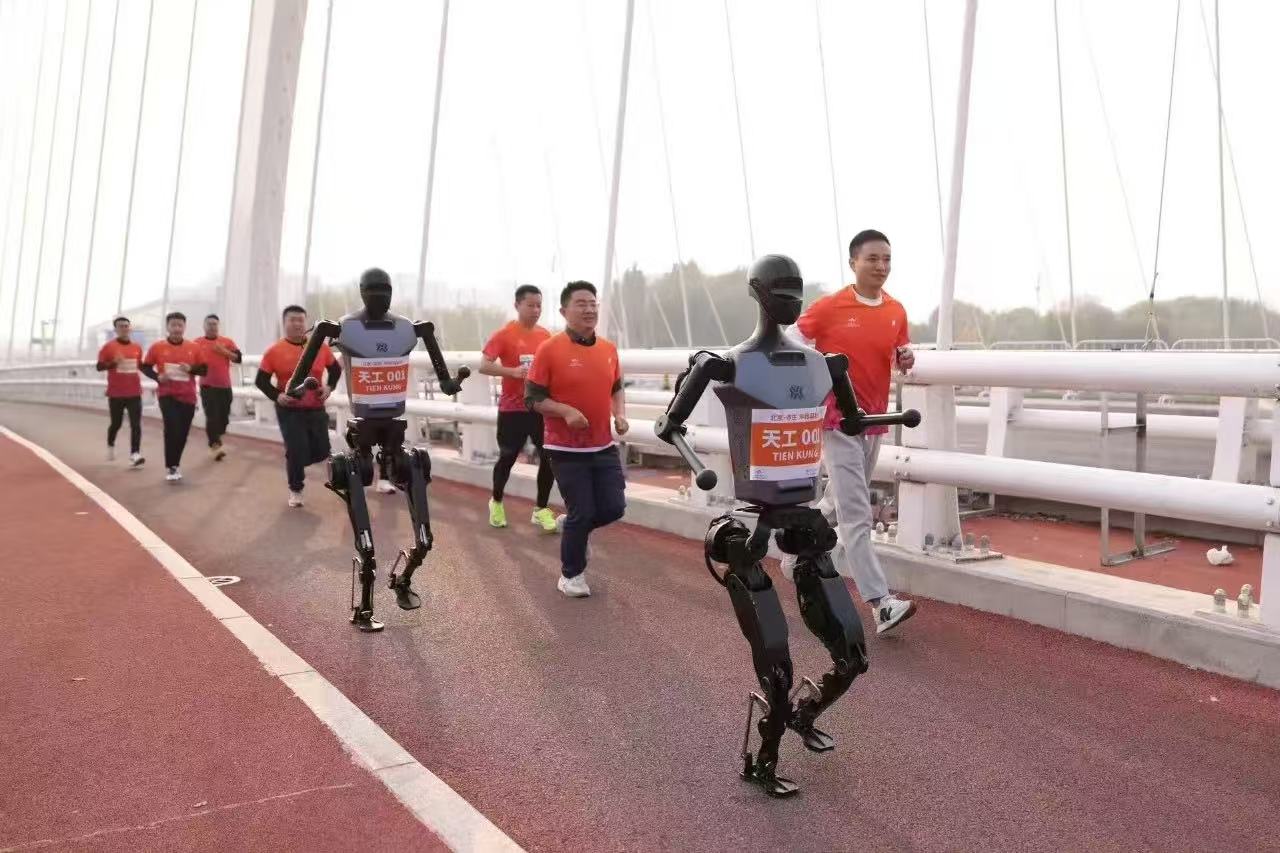

Can you be more specific about the content of your article? After reading it, I still have some doubts. Hope you can help me.
Thanks for sharing. I read many of your blog posts, cool, your blog is very good.